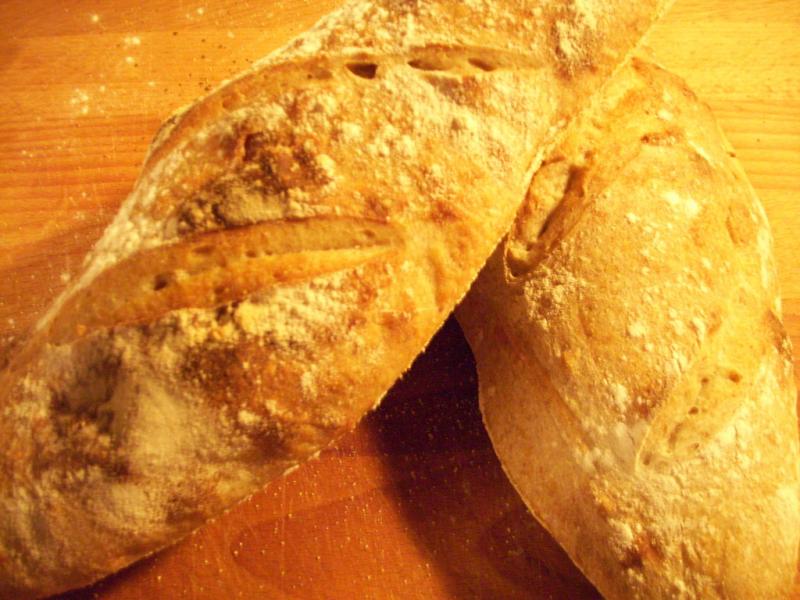theuneditedfoodie's blog
Poilane-Style My Miche (BBA-Peter Reinhart)
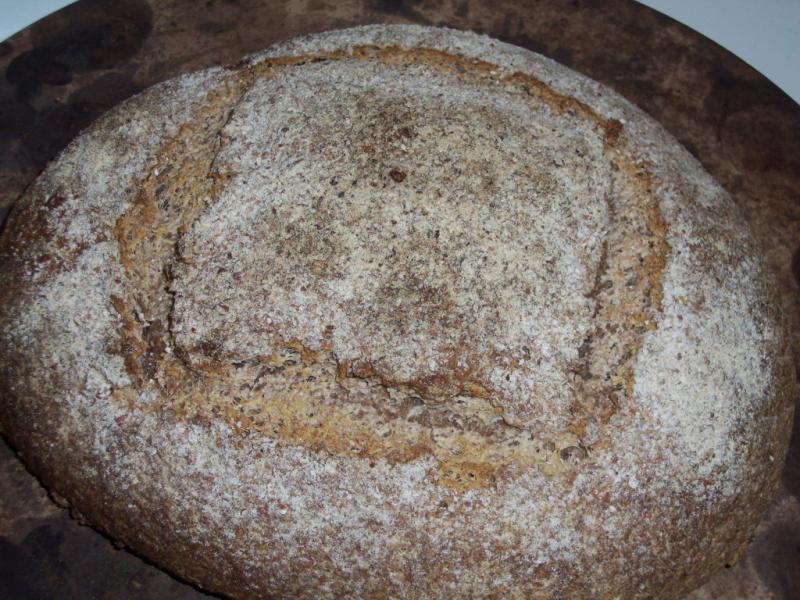
I am on a roll and it is called the sourdough-juggernaut insane roll. I mean what else do you expect in a despondent economy like ours? For a miserable proletariat like myself, who is underemployed, partly circumstances/partly choice, what better way to spend your days than to bake up some bread.
My first sourdough bread
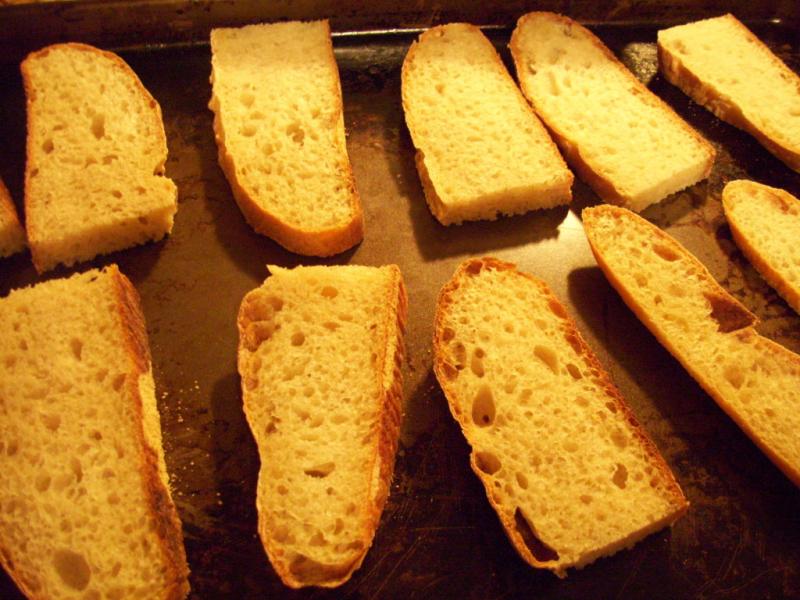
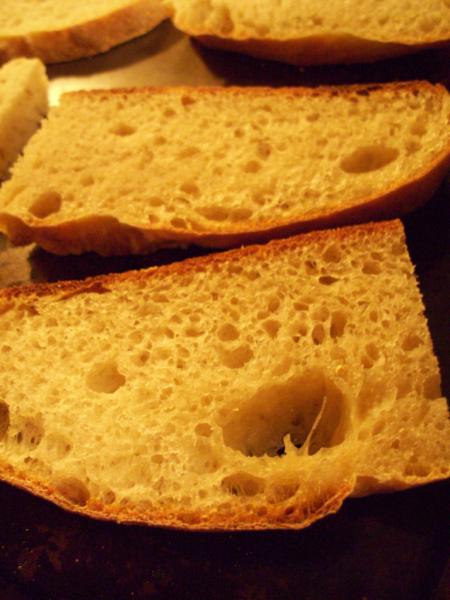 A couple of weeks back, I met a group of bread bakers in the Kansas City area through thefreshloaf.com. The meeting place was decided to be Barley’s Brewhaus in Shawnee, Kansas. At the meeting, one gentleman by the name of Paul had brought some sourdough starter to share.
A couple of weeks back, I met a group of bread bakers in the Kansas City area through thefreshloaf.com. The meeting place was decided to be Barley’s Brewhaus in Shawnee, Kansas. At the meeting, one gentleman by the name of Paul had brought some sourdough starter to share.
No Knead Rye Bread
Starting on where I left this in my previous blog, long story short some viewers got offended by my choice of words in my previous blog of No Knead Variations Part I (http://www.thefreshloaf.com/node/26972/no-knead-variations-part-i), hence, I am going to mind my language here. However, if you would like to read the unedited version of this transcript please visit theuneditedfoodie.blogspot.com

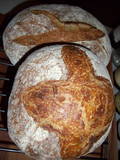
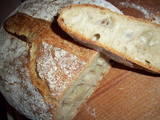 Hamelman's Pain au Levain
Hamelman's Pain au Levain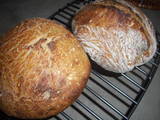
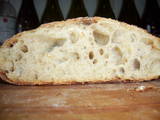 Reinhart's Pain au Levain
Reinhart's Pain au Levain